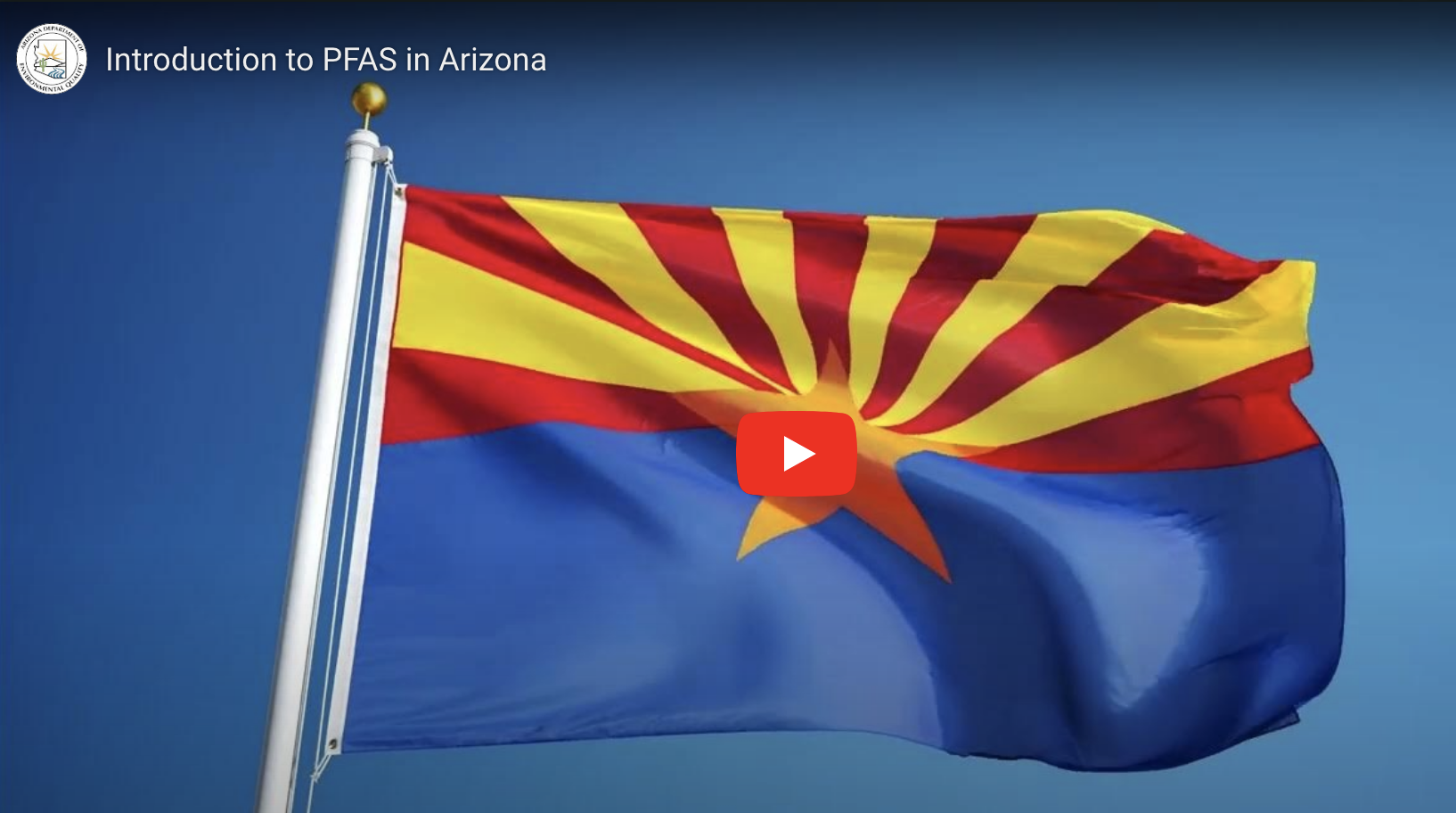Revised on: April 15, 2024 - 9:43 a.m.
ADEQ is monitoring scientific, regulatory and legal developments related to PFAS (per- and polyfluoroalkyl substances) and participating in related discussions with federal, state and local agency partners. PFAS exposure is linked to potential adverse human health outcomes and is the subject of increasing regulation and litigation. To keep the public and other stakeholders informed, ADEQ will update this PFAS Resources webpage with new information as it becomes available.
What are PFAS?
PFAS are a group of man-made chemicals with fire-retardant properties manufactured and used by various industries since the 1940s. PFAS have been used commercially in the United States to make products like stain and water-resistant carpets and textiles, food packaging, firefighting foam, and other industrial processes. | Learn More ATSDR PFAS >
What PFAS regulations are there?
PFAS regulations are increasing at federal and state levels in the United States. New regulations are focusing on decreasing their use in manufacturing, lowering the limits for acceptable levels of PFAS in groundwater and soil, and requiring remediation projects to address PFAS contamination.
On April 10, 2024, the United States Environmental Protection Agency (EPA) finalized a National Primary Drinking Water Regulation (NPDWR) establishing legally enforceable levels, called Maximum Contaminant Levels (MCLs), for six PFAS in drinking water: PFOA, PFOS, PFHxS, PFNA, and HFPO-DA as contaminants with individual MCLs, and PFAS mixtures containing at least two or more of PFHxS, PFNA, HFPO-DA, and PFBS using a Hazard Index MCL to account for the combined and co-occurring levels of these PFAS in drinking water. EPA NPDWR | View >
Additional information on EPAs website:
What is Arizona doing?
ADEQ has taken many proactive steps to understand the scope of PFAS impacts and ensure that Arizona is prepared to meet the new federal standards. Some of these steps include:
Additional Information
If you are concerned about PFAS in drinking water, there are key actions you can take. People who are concerned about PFAS in their drinking water should first contact their drinking water utility to find out more about their drinking water, including what contaminants may be present, if the utility is monitoring for PFAS, what the levels are, and to see whether any actions are being taken.
If you remain concerned after talking to your utility, then consider using or installing in-home water treatment (e.g., filters) that is certified to lower the levels of PFAS in your water and/or contact your health care provider as well as your state or local health department. You can find more information about water filters that help reduce PFAS on the EPA website | Learn More >
If you get your water from a home drinking water well, then EPA recommends you conduct regular testing. If PFAS are found, you can take steps to lower the levels of PFAS.


